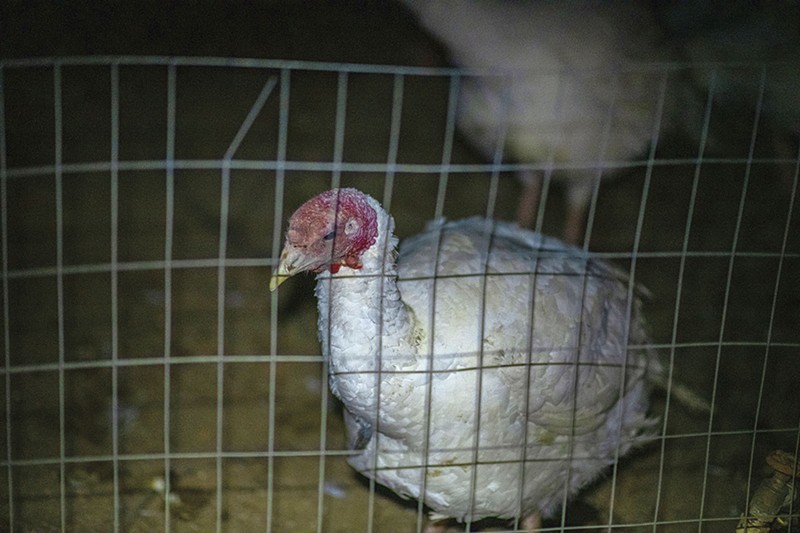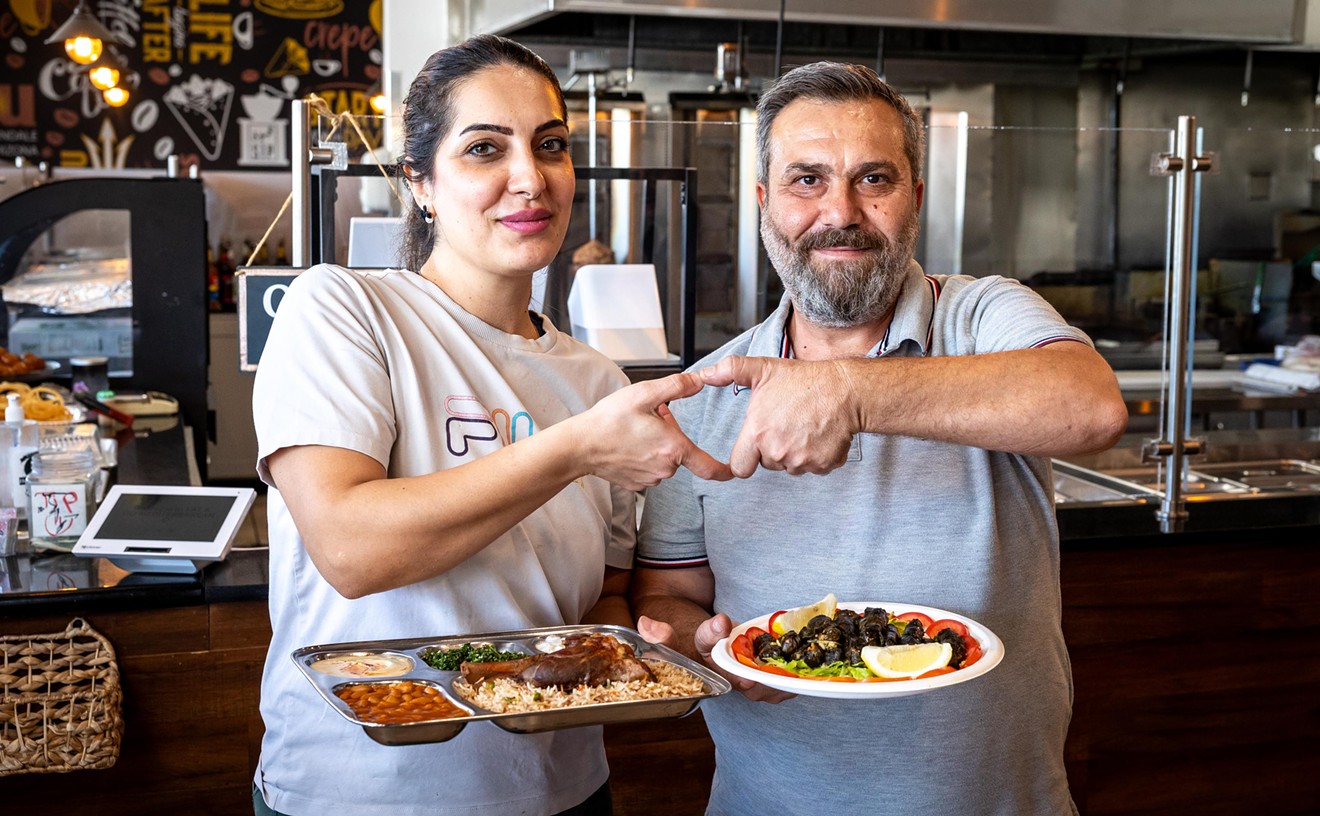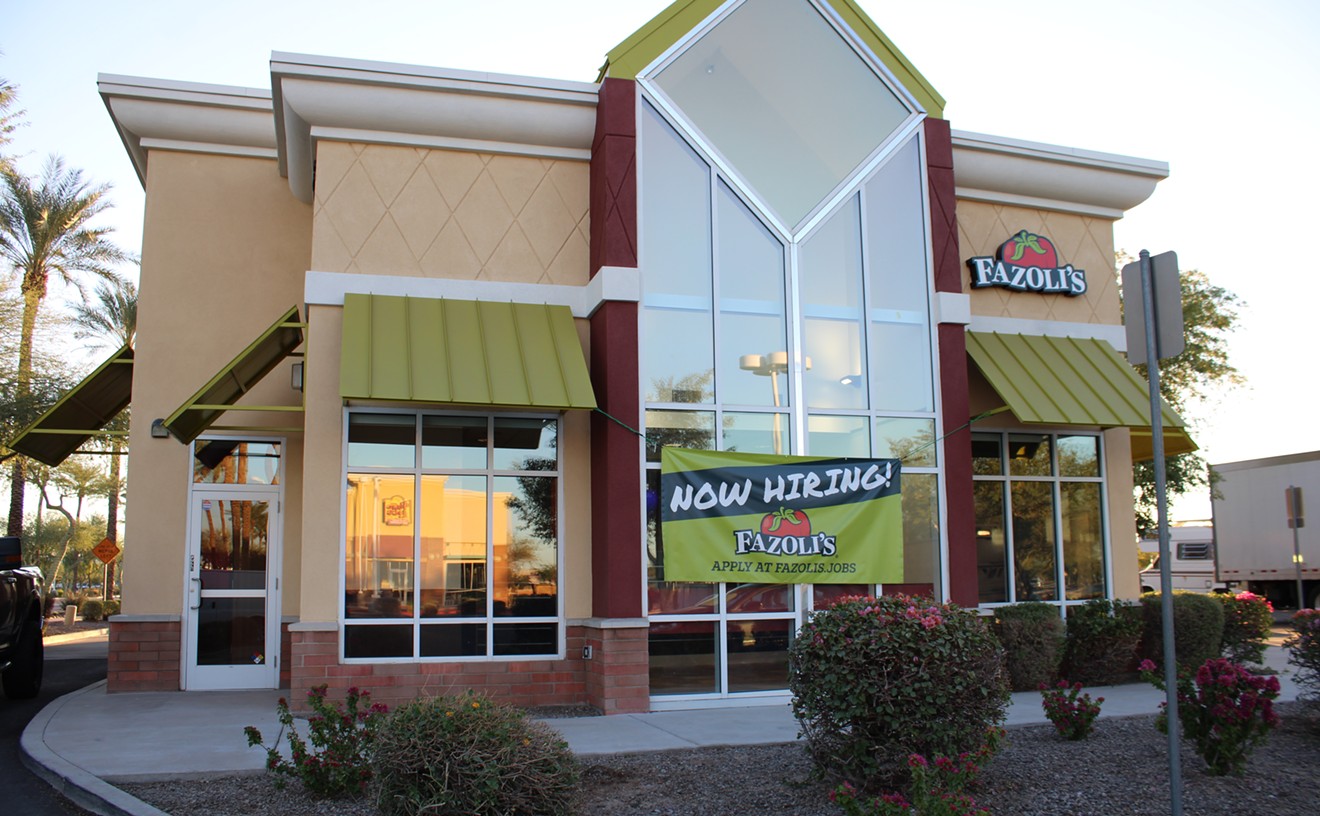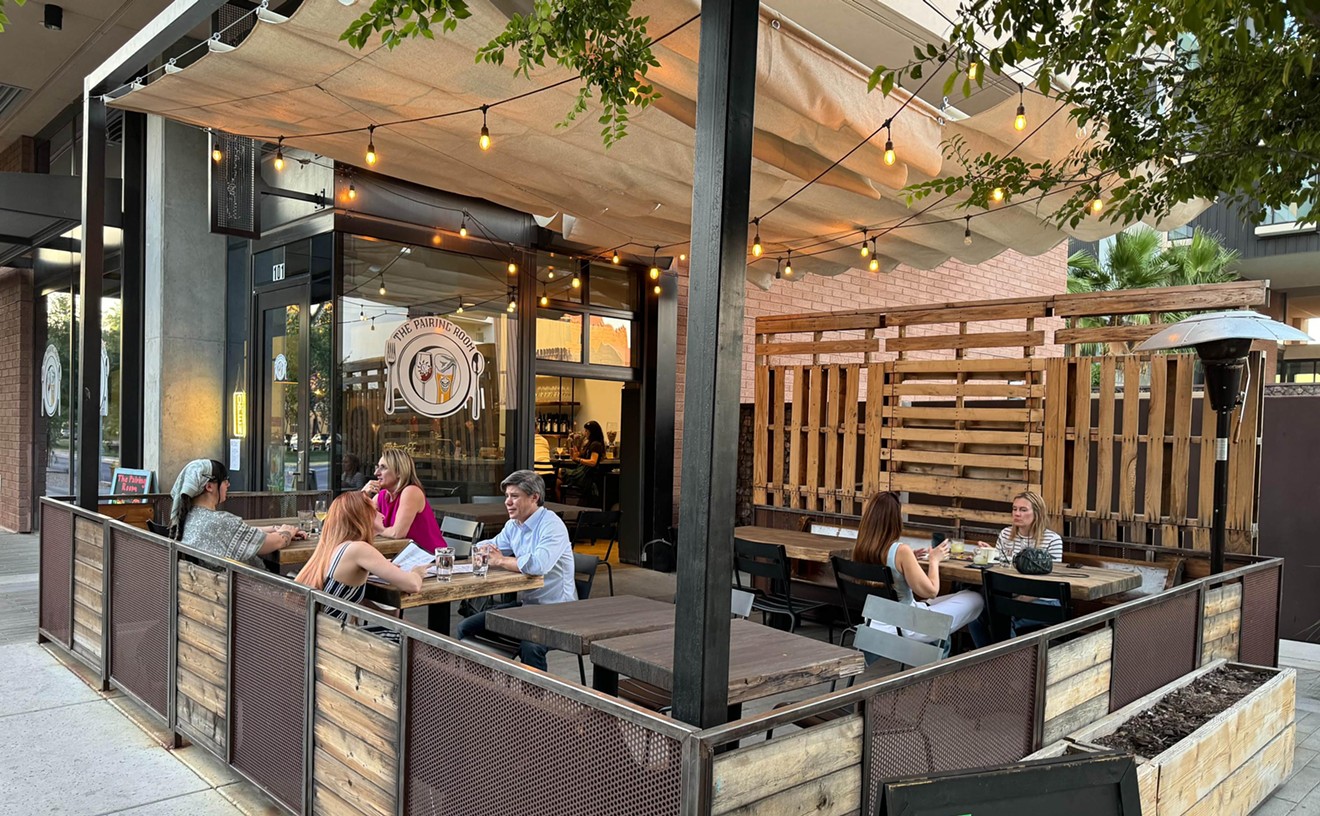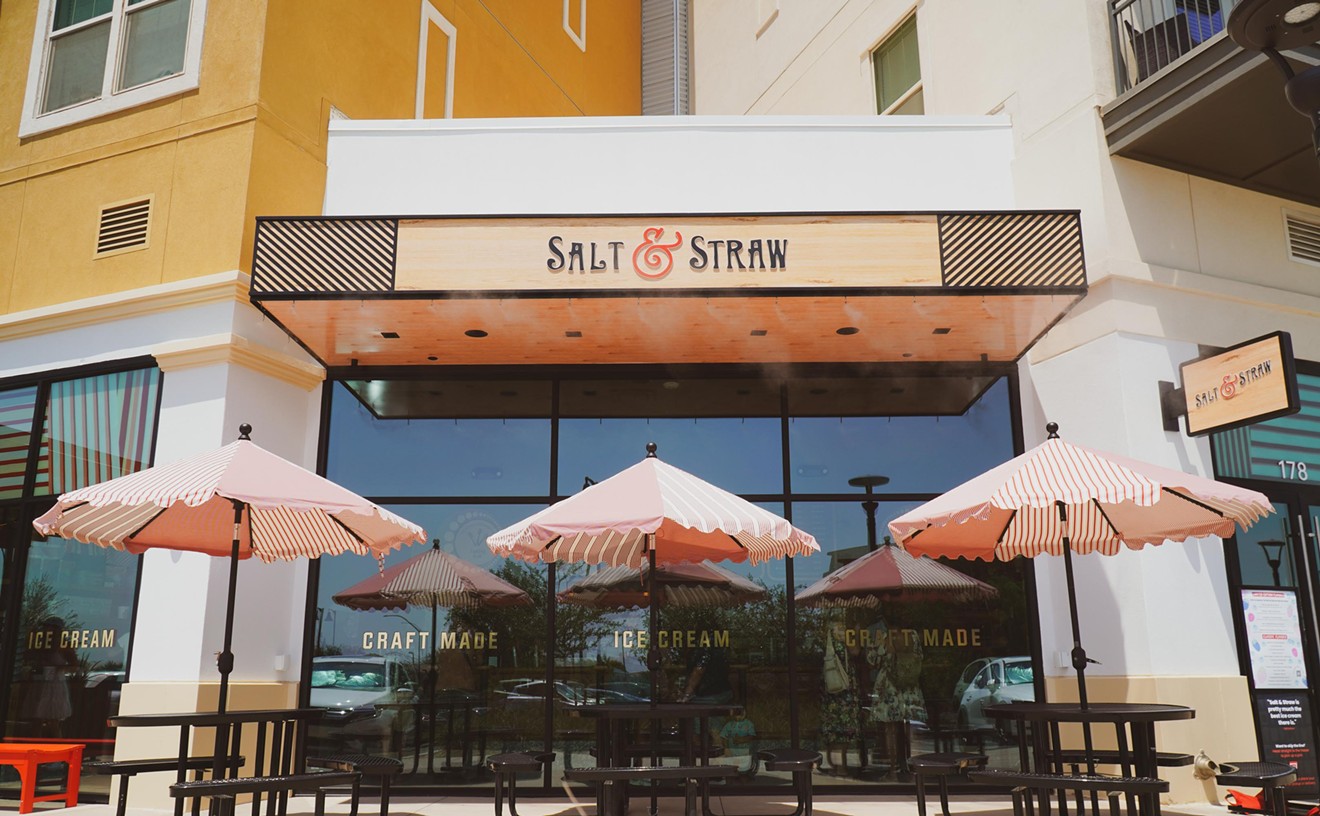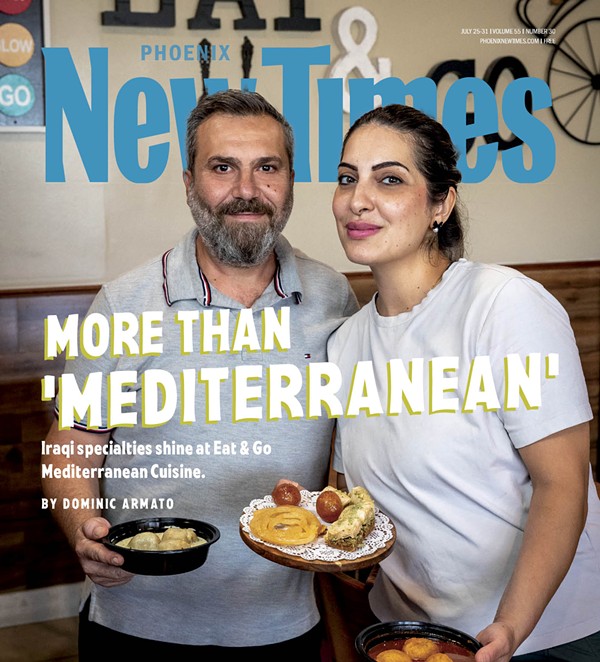Weeks before I sliced my Thanksgiving turkey, he sliced me.
This small violence occurred on a 12-acre poultry farm west of Benson, on pasture abutting mesquite forest. In the warm sun of an early fall day, poultry farmer Michael Muthart led me to his flock of 80 turkeys. He was leading me to pick mine, a life I had bought for $6 a pound.
The turkeys stood in a long wire pen, some pecking at a feeder. Damn, they were tall! Born in April, moved to the farm a few days later, they had grown about belt-high and 20 pounds. Much of their bulk was in their breasts, ballooning firmly and coated with milk-white feathers. Loose feathers clung to the raw earth along the pen’s wire walls, growing thick in corners, riffling in the wind.
As we crossed to the sunny turkey pen, the birds started to gobble madly. I’ve briefly worked on four farms and visited many more for reporting, but the continuous, high-pitched gobbling of an 80-turkey chorus gave me a cold shiver — a feeling of wonder and guilt. The flock of turkeys then started to move as a whole, almost like a slow fluid, with a riot of oddly musical squawking, to the pen corner we were nearing.
We arrived at the pen. Time to pick out my Thanksgiving dinner.
The birds trotted around a bit, passing in and out of the thatched shade of two mesquite trees. I eyed them. They eyed me. What I felt then was a simmering discomfort, though I not only eat meat but get paid to. “They’re friendly, you know,” Muthart said, stoking the feeling.
One bird darted quick-footed out from the crowd. “How about this guy?” I said, nodding. Muthart retrieved a pink cord, climbed into the pen, gently lifted the bird that would be slaughtered a week before Thanksgiving, and carried him out. By now, my turkey was squawking.
“He knows what’s up,” I said.
“He doesn’t like it,” Muthart agreed.
A definition of turkey, in addition to being the bird we know, is a few things. One: a “failure” or “flop.” Two: “a stupid, foolish, or inept person.” Turkeys, however, can form complex social groups. They have sharp memories of place. They can forage over hundreds of acres in flocks, with some standing lookout for predators while the rest eat. In my experience, the turkey isn’t an animal rightfully linked with stupidity or some dimension of human failure. Turkeys are gregarious and smart, too trusting of humans, who can be very cruel and stupid.
Muthart — who raises poultry responsibly on Top Knot Farms, feeding turkeys local, non-GMO corn and providing pasture for birds to eat grasshoppers and enjoy stretching, moving, socializing, breezes, clean air, and sunshine — passed me the long pink cord.
I reached to tie the turkey’s foot — to plant an identifier, marking him as mine for November pickup. Calmly, he lay in Muthart’s grip, dark wet eyes distrusting. I noticed the turkey’s foot was ghost-white and scaly — almost like a dinosaur’s. I got close. The turkey started to thrash. Squawking, he churned his feet like a cyclist zipping downhill to some finish line, nicking my thumb with a talon. I looped the tie above his foot and knotted. The red slash on my thumb blazed for a week.
Why would I meet my Thanksgiving turkey? The answer is that I am a conflicted meat eater. This might seem strange given that I eat meat for restaurant reviews, wrote a year-long barbecue column, and gush about cabeza, guanciale, and lechon baboy. But things are much more complex.
Or they should be. We tend to draw a rigid line between people who eat meat and people who don’t. I believe there is more of a continuum between these parties.
Freeing oneself from a meat-centric mindset to clearly evaluate meat-eating is no easy task. Meat is deeply ingrained in our society, from cowboys to burgers to the chicken in every pot to the need for meals to pack protein. On top of this, the multifarious cultures that braid to form American culture have their own ideas about meat, and many of them center it. There are also dusty notions about meat and masculinity, about meat and status. Meat is so entrenched in our culture that “meat” also means “the core of something,” “pith,” or “a favorite pursuit or interest.”
The meat of the matter, though, is that if you ponder food on a deep level, the decision to eat meat cannot possibly be a slam dunk. There are severe costs to eating meat. There are questions of morality, inefficiency, environmental detriments, and nutritional drawbacks. There are human costs — workers in meat processing plants have one of the most dangerous jobs in America. When balancing meat’s pros and cons, “because meat tastes good” isn’t nearly strong enough to erase all concerns on the other side, even if taste is often used as a spurious panacea in lazy pro-meat reasoning.
I say this as someone who has tried hard to weigh the idea of eating meat and come down in favor. In my mind, the decision is a close one, a call worth reevaluating as the world and its climate changes, and as you do. That’s why I drove more than two hours to meet my turkey — to continue my education, to continue probing my choice, to get closer to my meal. The animals that live and die for our meals will never, never, never in the infinite march of time be alive again. If I’m going to be responsible for this eternal erasure, I would rather look my animal in the eye than look away.
Unlike wild turkeys — so hardy they can tolerate snow, searing heat, and long periods of hunger — the turkeys on Top Knot Farms require more care. These are Broad Breasted Whites, which are little like the comparatively lithe wild turkeys that roamed the ancient Americas, the place of turkey’s origin. The Broad-Breasted White is bred for size, a breed so brawny that it can’t breed, requiring, instead, artificial insemination.
“It’s the same breed you buy when you buy a Butterball,” Muthart says. “The difference is in how we raise them.”
Muthart raises his bird well. On pasture, turkeys can eat grass, seeds, bugs, and even snails and small lizards. Their organic corn feed comes from a farm in Willcox, just 40 minutes away. Muthart’s turkeys, ducks, chickens, and poussins (young chickens) have shade and a barn for shelter from extreme heat, cold, and predators. He puts electrolytes in their water on hot summer days. He also doesn’t debeak birds — the excruciating process of removing part of a turkey’s beak, by laser or hot tool, so that in the cramped, stressed, desperate spaces of industrial farms birds don’t gash or cannibalize one another.
Yes, the vast majority of turkeys sold in this country have a darker story.
The U.S. produces almost half the world’s turkeys, amounting to nearly 6 billion pounds per year. Hundreds of millions of turkeys are slaughtered to meet domestic demand, and some of our turkey is exported. In a year, the average American eats some 16 pounds of turkey. Over Thanksgiving and the triumphant week of leftovers that follows, I probably eat a quarter of that yearly average. Maybe you do, too.
Unless you buy from a small farm, you’re probably buying factory-farmed turkey. The average American turkey lives in a colossal warehouse-like structure with birds jammed into spaces so small they can’t move out of their own shit. Many of these “farms” debeak turkeys. Some even amputate certain sharp-clawed toes. Thousands of birds squawk day and night in massive noise chambers, where antibiotics often counter sicknesses that arise from the crowding, where sunshine is alien, and which, I’m pretty sure, will lead future generations to look back and think, Holy shit, I can’t believe these people did this.
But this is the ubiquitous, notorious American industrial farm! This is the goliath postwar 20th-century anti-wonder, leveraged with every economy of scale and armed with every technology to squeeze short-term profits from life and earth like juice from a grapefruit! This is the dominant system that has long had American hunger in a chokehold, deifying animal size and speed at the expense of animal welfare, our lurid normal! This is our open secret, our prevailing system of meat that, still, we fail to look in the eye.
Can you tell that I prefer small-farm meat? On thoughtful small farms, animals tend to be raised more humanely. They also tend to taste better.
But I eat industrial meat, too.
My Top Knot turkey cost me $6 a pound. That turkey will be, when reduced largely to its edible parts, 15 to 17 pounds. That’s $90 to $102 per bird, a steep price. In 2018, the average retail price of a whole frozen turkey was $1.50 per pound. At just north of $20 per bird, that’s far more affordable.
All this and more fuels my conflicted meat-eating. The main system we have is so bad, and our society is built so that the best options are priced out of reach.
To raise animals more humanely — to raise turkey in a way that somewhat mimics the ranging, foraging conditions of a turkey in the wild — requires efforts similar to Muthart’s, meaning pricier meat. (Side note: Even this meat comes with environmental and moral concerns.) But cheap industrial meat is entrenched in our agriculture, our traditions, our expectations, and our lives. People like me might feel more at ease eating animals from small farms, but this is meat that, truly, few can regularly afford.
After I tied the pink cord to my turkey’s leg, he roamed the lush grass clearing between the on-pasture turkey pen and barn. He trotted along the wire pen, pacing, at first eager to rejoin his flock on the other side, then calming. Muthart and I talked about his 6-year-old farm.
The turkeys are male and female. The hatchlings he gets are called “poults.” His turkeys live 6 to 8 months.
In the wild, a turkey can live 12 years. Wild turkeys are lucky to live beyond the poult stage due to predators. But some wild turkeys do live long. When they mature, some can run through the woods at 20 miles per hour. Some can fly at twice that speed, though only in spurts.
About a week before Thanksgiving, Muthart will slaughter his 80 turkeys — 25 of them, including mine, subcontracted out from FARMi, an urban farm in Gilbert that relocated them from the Valley because of 2020’s record-breaking heat. Muthart slaughters his animals with his own hand: a scalpel poke to a neck artery, an inversion to expedite the bleeding, a scalding post-mortem bath to make defeathering easier, and then, once trimmed, an icy bath to chill the smooth body before plastic-wrapping.
Some people might ask, in response to a server’s or farmer’s claims about how kindly an animal was raised, Well, you still killed the animal in the end, didn’t you? Here’s what I say to that: It makes no sense to say that because a thing has died it doesn’t matter how that thing lived. We know that it matters how a thing has lived. This is because we, too, are living things, and we want to live well. Just because an animal will die doesn’t mean that it shouldn’t live well. Death is an equalizer, but it doesn’t erase how a thing has lived.
If you’re going to eat meat, I believe it’s important to know how the animals you eat have lived, even if you only learn a little. The average American eats 200 pounds of meat a year, meaning, over the course of a lifetime, hundreds or even thousands of animals.
Anyway, I met one of my thousands: my Thanksgiving turkey. And I called my farmer in the weeks after to see how my turkey was doing. It was in the hopes of getting to better know how he lived — and those hopes have proven well-founded. Our only contact, the slice, sealed the primal truth of our relationship, of our reality. Looking him in his wet dark eyes, watching him in his flock, and catching a talon on the thumb will make me appreciate my meal more.
And though I haven’t cooked that meal just yet or even picked up my bird, I already know, from the low tide of unease and respect that has persisted since my farm visit, that putting a personality and a face on meat, even a red-gizzarded face, gives it more meaning. For me, having shared a pasture with my turkey has helped bring a proper moral gravity to eating meat, an act too often minimized out of human discomfort, nonchalance, or heebie-jeebies.
This Thanksgiving, I’ll remember and appreciate the life of the animal that gave me my meal. I’ll be thanking him throughout the day, as I roast, simmer, sauce, and slice. And then, while still conflicted, while still feeling that moral gravity, I’ll try to stay more conscious of the animals I eat in the time that follows
[
{
"name": "Air - MediumRectangle - Inline Content - Mobile Display Size",
"component": "18478561",
"insertPoint": "2",
"requiredCountToDisplay": "2",
"watchElement": ".fdn-content-body",
"astAdList": [
{
"adType": "rectangle",
"displayTargets": "mobile"
}
]
},{
"name": "Editor Picks",
"component": "16759093",
"insertPoint": "4",
"requiredCountToDisplay": "1",
"watchElement": ".fdn-content-body",
"astAdList": [
{
"adType": "rectangle",
"displayTargets": "desktop|tablet"
},{
"adType": "rectangle",
"displayTargets": "desktop|tablet|mobile"
}
]
},{
"name": "Inline Links",
"component": "17980324",
"insertPoint": "8th",
"startingPoint": 8,
"requiredCountToDisplay": "7",
"maxInsertions": 25
},{
"name": "Air - MediumRectangle - Combo - Inline Content",
"component": "16759092",
"insertPoint": "8th",
"startingPoint": 8,
"requiredCountToDisplay": "7",
"maxInsertions": 25,
"watchElement": ".fdn-content-body",
"astAdList": [
{
"adType": "rectangle",
"displayTargets": "desktop|tablet"
},{
"adType": "rectangle",
"displayTargets": "desktop|tablet|mobile"
}
]
},{
"name": "Inline Links",
"component": "17980324",
"insertPoint": "8th",
"startingPoint": 12,
"requiredCountToDisplay": "11",
"maxInsertions": 24
},{
"name": "Air - Leaderboard Tower - Combo - Inline Content",
"component": "16759094",
"insertPoint": "8th",
"startingPoint": 12,
"requiredCountToDisplay": "11",
"maxInsertions": 24,
"watchElement": ".fdn-content-body",
"astAdList": [
{
"adType": "leaderboardInlineContent",
"displayTargets": "desktop|tablet"
},{
"adType": "tower",
"displayTargets": "mobile"
}
]
}
]

